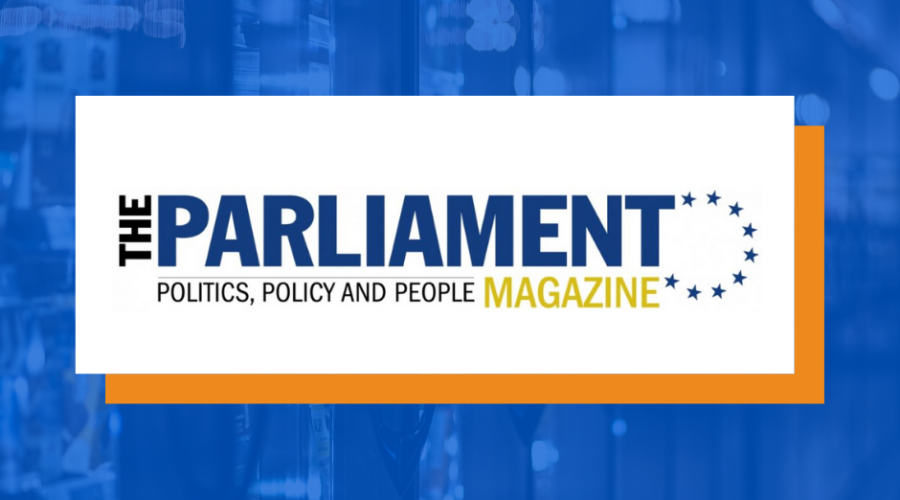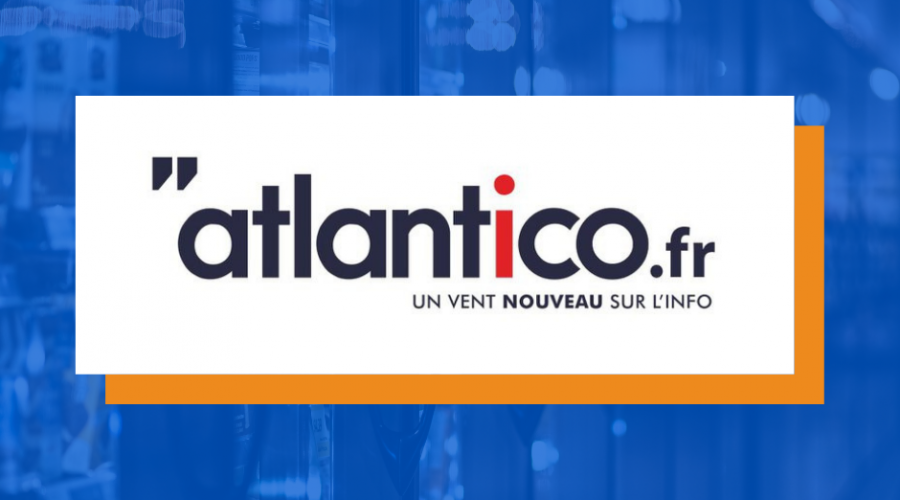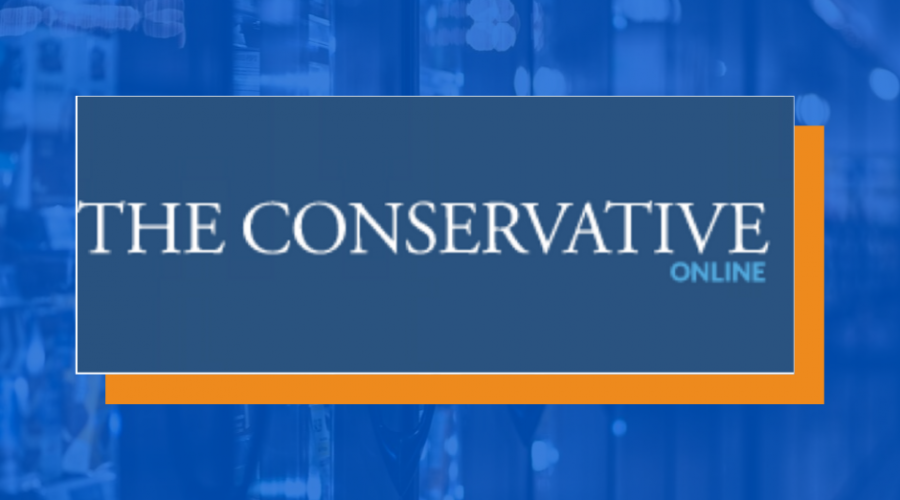Vaping is a Gateway OUT of Smoking, Study Finds
E-cigarettes help adults quit smoking and are not a gateway to tobaccco for non-smokers, according to a study published earlier today.
The report, from the World Vapers’ Alliance and the Consumer Choice Centre, also found that youth smoking rates are at an all-time low.
The findings are at odds with the frequently used argument that e-cigarettes encourage non-smoking teens to take up the habit.
World Vapers’ Alliance director, Michael Landl, said:
“The most common arguments against vaping – painting vaping as a gateway to smoking – fail the test of reality and science.
“Vaping helps adult smokers to quit and youth use of e-cigarettes is rare, particularly by non-smokers.”
The researchers looked at smoking rates in the UK, where public health authorities support vaping as a smoking cessation method.
Here, the smoking rate is at a record low with the vast majority of vapers being ex-smokers and dual users.

Report co-author Maria Chaplia said that most anti-vaping arguments ignored the fact that e-cigarettes were targeted at adult smokers.
Chaplia noted that e-cigarettes were comparable to sugar substitutes that help people reduce sugar intake.
She said:
“We don’t blame sugar substitutes for increased sugar consumption, yet doing so for e-cigarettes seems to be acceptable.”
The main findings of the report include:
- That nicotine is not the issue, the toxins in cigarettes are and that almost all the harm from smoking comes from the thousands of other chemicals in tobacco smoke.
- E-cigarettes help adults to quit smoking and are twice as effective as nicotine replacement therapies
- Vaping does not lead to smoking among teenagers as their smoking rate is at an all time low.
- Youth use of e-cigarettes is rare.
- Banning flavours won’t solve the problem: restrictions and bans on flavours will significantly limit the usefulness of vaping as a cessation tool.
Landl concluded:
“Policymakers cannot ignore the facts any longer.
“The scaremongering about vaping needs to stop and it should be endorsed as an effective tool to help smokers move to a safer alternative by public health agencies.”
Originally published here.












